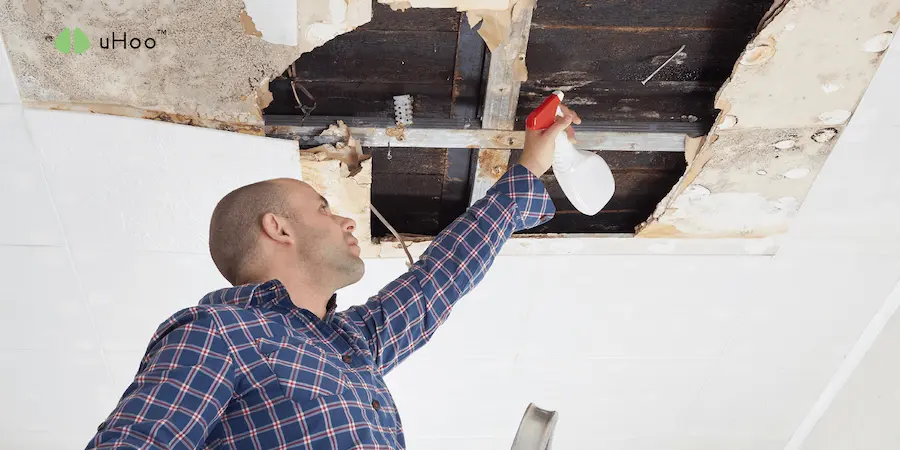Floods, whether from heavy rains, overflowing rivers, or other sources, can have a devastating impact on homes. Beyond the immediate structural damage, flooding significantly disrupts indoor humidity levels, creating a cascade of problems.
The introduction of floodwater into a home introduces a massive amount of moisture into the environment. This excess moisture saturates building materials like wood, drywall, and insulation, creating an ideal breeding ground for mold. As these materials dry out, they release significant amounts of moisture back into the air, dramatically increasing humidity levels.
This elevated humidity has several detrimental effects:
- Mold Growth: High humidity fosters rapid mold growth, leading to a musty odor, potential respiratory issues, and further damage to building materials.
- Structural Damage: Prolonged exposure to high humidity can weaken building materials, leading to structural issues like rotting wood, weakened foundations, and peeling paint.
- Discomfort: High humidity makes the air feel heavy and clammy, leading to discomfort, sleep disturbances, and increased fatigue.
Mitigating the Impact:
- Immediate Action: After a flood, it’s crucial to act quickly. Remove any standing water and begin the drying process as soon as possible.
- Professional Assistance: In severe cases, professional water damage restoration services are essential. These experts have the equipment and expertise to extract water, dry affected areas, and prevent further damage.
- Proper Ventilation: Increase air circulation by opening windows and using fans to help dry out the affected areas.
- Dehumidifiers: Utilize dehumidifiers to actively remove excess moisture from the air.
- Mold Remediation: If mold growth occurs, professional mold remediation services are necessary to ensure complete removal and prevent further health risks.
- Monitor Humidity Levels: To effectively monitor and control humidity levels after a flood, consider using a uHoo air quality monitor to identify and address any spikes in humidity levels promptly, minimizing the potential for mold growth and other issues.
By taking swift and decisive action to address flood-related water damage and control humidity levels, you can minimize the long-term consequences and protect the health and safety of your family.



